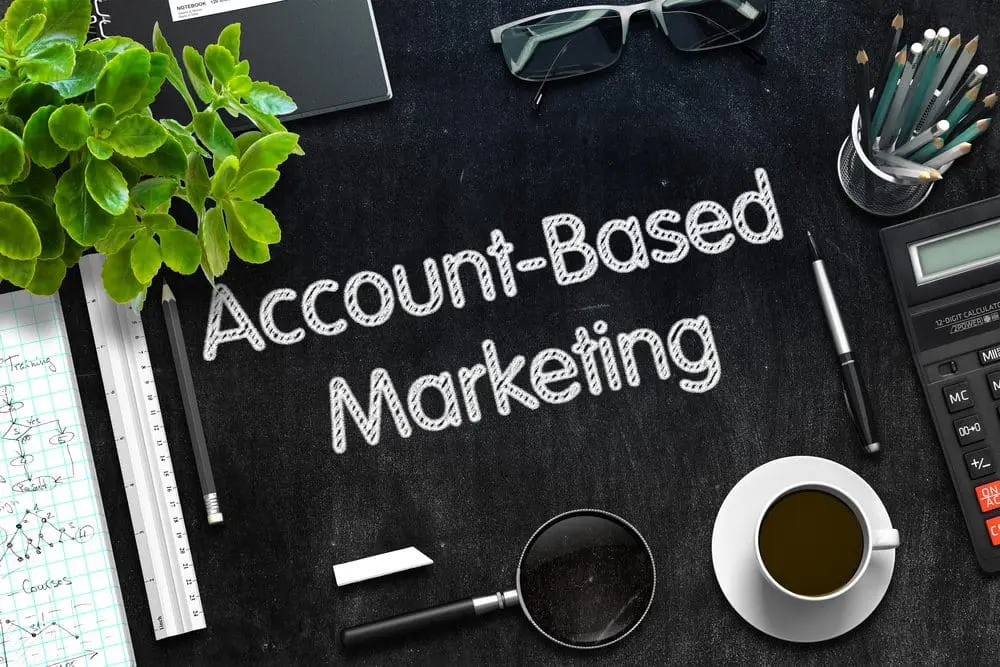If you’re a marketer at a company or agency, you’ve likely heard about account based marketing (ABM). It’s been touted by some as the next step in marketing for the digital age. Inbound marketing was born when customers began researching online before contacting a supplier. Getting found in that process was and is a significant challenge, and companies like HubSpot created marketing automation technology to make it easy to optimize websites for search, create calls to actions and landing pages to capture new leads, and email leads to nurture them into customers. Automation platforms made inbound marketing much easier to implement.
The problem with inbound marketing is that it takes time to get results. Web traffic doesn’t grow overnight. Also, you’re at the mercy of the people who choose to search for you. Yes, you can create content designed to attract your ideal customers, but then you have to wait and hope that they search using your keywords and that they click on your site. Most studies show that about 20 percent of a company’s web traffic represents possible customers.
Inbound marketing’s limitations are amplified for companies whose customers are large enterprises with complex buying processes and multiple decision makers. You might reach one person in the decision-making process, but that person may or may not try to sell your project to the internal team.
Enter ABM
ABM isn’t really new. It’s been around for a long time in different forms, typically for only very large companies with large sales teams. It’s not unusual to see sales and marketing teams focused on large customers that represent a high percentage of the company’s revenue. What is new is that technology is coming to market that makes ABM accessible for smaller organizations–platforms that do for ABM what HubSpot and others have done for inbound marketing.
People Finders
ABM platforms can be divided into a couple of categories. First are what could be called people-finders. These platforms connect with large databases to identify contacts at the accounts that you want to target, and then guide you through how to communicate with them. Platforms like Terminus and Engagio automate lead nurturing tailored to specific roles in the buying process, and help you set up paid social media campaigns to build your marketing database for target accounts, and to set up personalized email campaigns. These platforms can be very helpful for companies that know what accounts they want to target.
Account Finders
What if you don’t know what companies to target? You may have a segment in mind, but you don’t know all the companies in that segment. Platforms like DemandBase allow you to enter your criteria for target accounts and finds the companies that meet that criteria. It also tracks identities and scores the behavior of employees as they interact with your company online. DemandBase uses machine learning technology to recommend content for each contact based on behavior, and to plan social media campaigns designed to attract more target accounts.
Inbound and CRM Integration
ABM doesn’t eliminate the need for inbound marketing. Most companies still want to attract new business to their websites. ABM platforms integrate with the most popular inbound marketing platforms. They also integrate with CRMs like Salesforce, as it is critical that all account activity be logged and visible in a single place.
Room for Growth
ABM technology is in its infancy. There are only a handful of platforms purpose-built for ABM. According to Flip My Funnel’s (a Terminus ABM promotional website) 2017 State of Account Based Marketing Survey, 81 percent of companies have implemented ABM in some form, and 82 percent plan to increase their investment in ABM. This will change quickly as the benefits of ABM automation become apparent. That’s not to say that there aren’t dozens of companies claim to support ABM–companies from HubSpot to LinkedIn can help at various stages of the ABM process, but they are specifically designed to support ABM.
